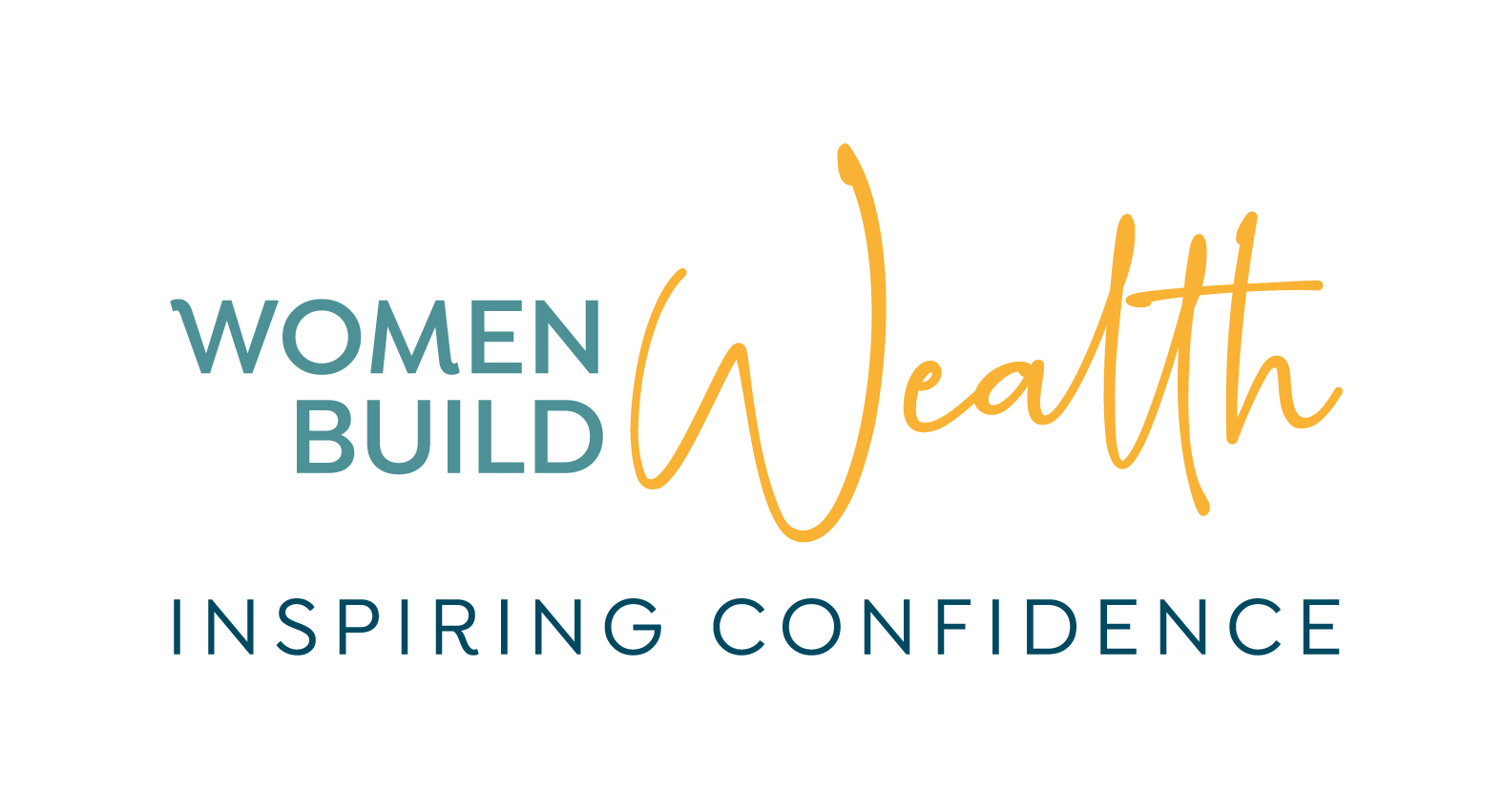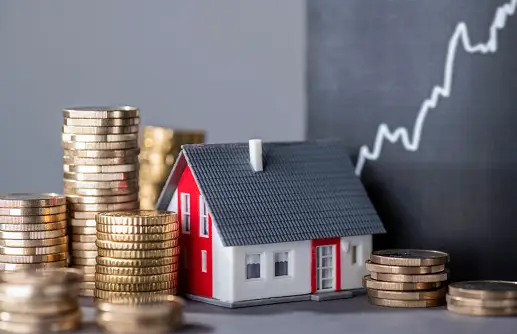Ever wondered where wealthy people get their money? It all boils down to building assets. Whether inherited or not, at some point someone invested time and money to build up the resources needed to become wealthy.
The truth is, simply working all your life isn’t the path to riches. Instead, you should focus on generating and building assets – things with a monetary value. So, how exactly do you build assets? Read on!
How Does Asset Building Work
The most straightforward way to acquire wealth is by building assets – things that hold monetary value. These assets can appreciate (increase in value) over time or generate income for you. Your net worth, which is essentially the total value of what you own minus what you owe, generally rises as the number of assets you hold increases.
However, this only holds true if the value of your assets is significantly higher than your liabilities (debts). Therefore, it’s crucial to minimise debt when building assets and only borrow what you can comfortably afford to repay.
Each asset can build upon another. For example, to build a house, you’ll need land and money upfront. Additionally, you can leverage one asset to acquire another. The equity you build up in your home (the difference between its value and what you owe on your mortgage) could be used as a deposit for a buy-to-let property, generating rental income.
For example, you could sell some of your company shares to help finance buying a car. This is important to understand, as building assets does take planning and time.
Why Exactly is Building Assets Important
There’s more to it than just boosting your net worth. Building assets gives you the freedom to improve your quality of life and potentially create wealth that lasts for generations.
Think about what you could achieve with greater financial resources. You could start a business, build a nest egg for emergencies, or even put your children through university. Assets give you more options and the ability to do more in life.
Types of Assets That Can Help You Build Wealth
While there are various ways to categorise them, we’ll focus on the three most common: financial assets, tangible (or physical) assets, and intangible assets.
Financial Assets
Owning something or having the right to receive future payments defines financial assets. These assets, with the exception of cash, are intangible and their value can fluctuate depending on market conditions. However, they are also considered liquid assets because they can be easily converted into cash.
Here are some examples of financial assets:
Cash equivalents (such as money in a savings account)
Stocks and shares
Retirement accounts
Tangible Assets (Physical Assets)
These are physical things you own. Some examples of tangible assets include:
Land
Property (houses, flats etc.)
Vehicles (cars, motorbikes etc.)
Collectibles and fine art
Jewellery
Gold and silver coins
Intangible Assets
These are non-physical assets that hold value but cannot be touched. Here are some examples of intangible assets:
Intellectual property (copyrights, patents)
Trademarks
Understanding Asset Appreciation and Depreciation
When deciding which assets to invest in, it’s crucial to understand how their value fluctuates over time. After all, this directly impacts how much money you have readily available at any given moment.
Appreciating Assets
These are assets that increase in value over time. Examples include property (like houses) or, more often than not, a well-diversified investment portfolio.
Depreciating Assets
These are assets that gradually lose value over time. Cars and other machinery are prime examples.
The general idea is to invest in assets that appreciate in value and minimise your holdings of depreciating assets.
How to Get Started with Asset Building
Remember, building assets is a marathon, not a sprint. The sooner you begin, the more time your assets will have to grow in value. Here are some steps you can take to get started on your building assets journey:
Increase Your Income
Since money itself is an asset, earning more is the first and simplest step towards building assets. This could involve asking for a raise, taking on a side hustle, or investing in yourself through education or training to qualify for higher-paying jobs.
There are numerous ways to increase your earnings, like starting a side hustle or negotiating a pay rise. The goal is to free up more cash to invest in assets that will grow in value over time.
Save for the Future and the Present
Building assets isn’t just about saving for some distant future. It’s also about improving your quality of life today. Having a buffer in the bank for bills and unexpected expenses is a crucial step.
Open a savings account to set aside money for those larger, infrequent costs. You can also consider using sinking funds, which are special savings accounts designed to help you save up for specific goals or purchases.
Plan for Your Golden Years
Don’t forget to factor in retirement savings. Your pension pot is a valuable asset for the future. The earlier you start saving, the more time your money has to grow through compound interest.
Make sure to take advantage of any employer contributions to your pension scheme. Essentially, these contributions are free money that you can add to your retirement savings.
Invest for Growth
Once you have a solid savings buffer, it’s time to put your money to work for you. This means investing your money in a way that allows it to grow in value over time. Long-term stock market investing is a common strategy for achieving this.
Shares as Income Streams
Owning shares (equities) can be a great way to generate income for both the present and the future. Dividends from these shares can be used to achieve other financial goals or to buy more assets. Alternatively, you can simply reinvest the dividends to allow your money to grow over time.
Invest in Property
Another way to build your asset base is by investing in real estate, either through buying land or a buy-to-let property. Property is a valuable asset because it tends to appreciate in value over time. As the global population grows and there’s a finite amount of land, property prices generally increase.
Equity is Key in Real Estate: It’s important to remember that for property to be considered an asset, it needs to have equity. In simpler terms, this means the value of the property is greater than the outstanding mortgage balance. This ensures your property is an asset working for you, rather than a liability.
There can be some debate around whether a property is always an asset. However, as a general rule, your home can be considered an asset if it has equity, or if you’ve completely paid off the mortgage.
Reduce Your Debt
Debt can be a real asset destroyer, so paying it down is a crucial step in building wealth. Debt ties up your cash flow, making it harder to save and invest in assets.
When applying for a mortgage, for example, lenders will consider your debt-to-income ratio. If this ratio is too high, you may be denied the loan. This is just one way debt can hinder your asset accumulation journey.
While debt, like a mortgage, can be used as leverage to acquire assets, it should be approached with caution. Don’t take on more debt than you can comfortably afford to repay.
Start Building Today
Remember, building assets is a marathon, not a sprint. The sooner you begin, the more time your assets will have to grow in value. You can start where you are and don’t need to make drastic changes overnight. Take small steps now to build a brighter financial future for yourself!





